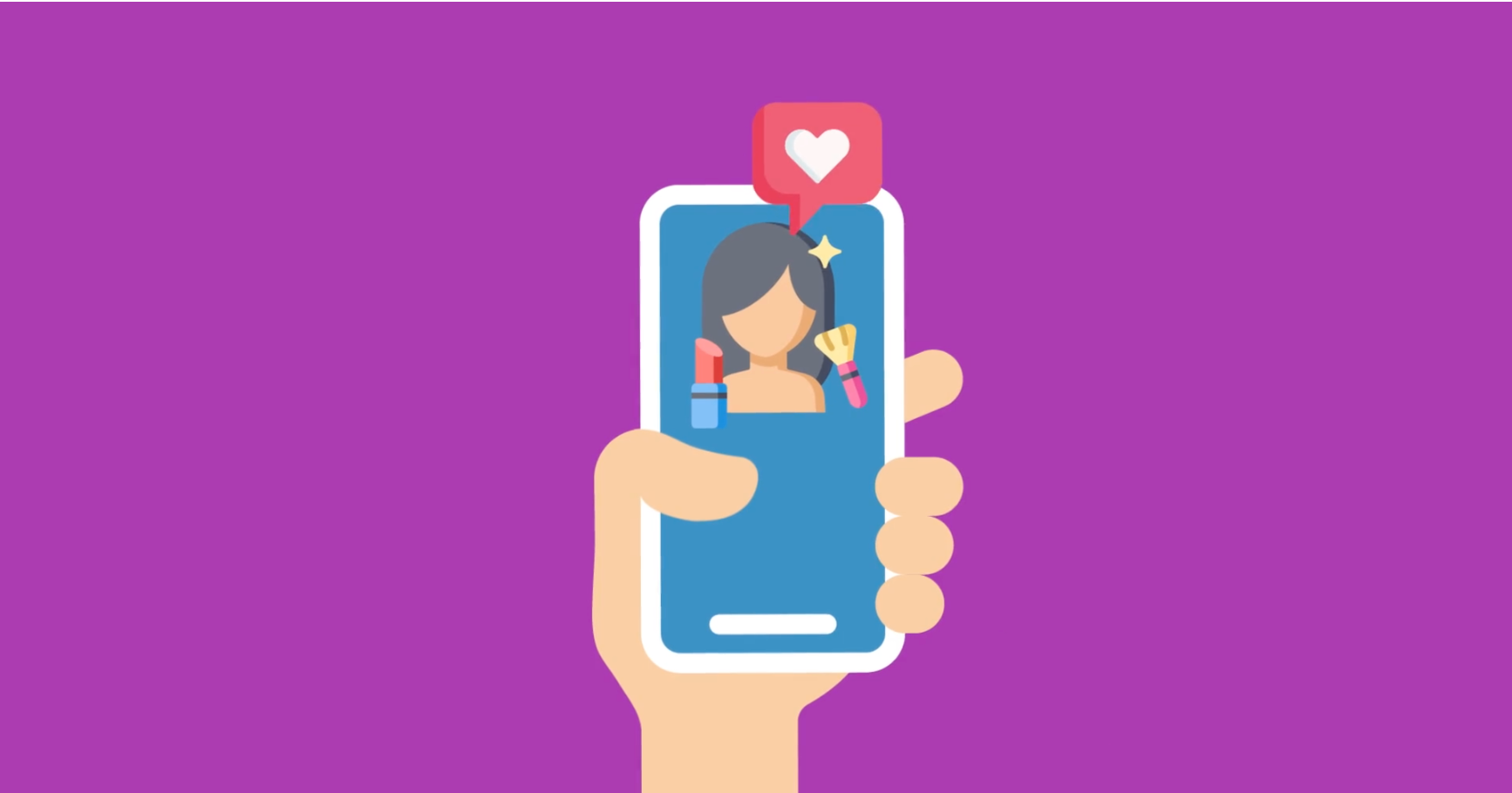Facebook applications can be useful co-marketing tools for brands and retailers. There are two main types of apps for retailers on Facebook: tab apps and third-party apps.
Tab apps are applications located on an internal page of a retailer’s profile. Users can access these apps without leaving the retailer’s page by simply clicking on the correct tab. Third-party apps, on the other hand, are in another location separate from the retailer’s fan page. To access these apps, users can click a retailer’s shared link in their newsfeed, or on the retailer’s page. Users can also search for the app in the directory.
A good example of the tab application is the Volkswagen Live Chat app. Users can access the app directly from Volkswagen’s landing page by clicking “LiveChat.” The Washington Post’s Social Reader application, on the other hand, is a third-party app. To access this application, users must leave the Washington Post’s Facebook page and visit the apps and games dashboard.
Though a tab application prevents users from leaving a retailer’s page, tab applications have limited functionality. When Facebook first created the tab app, it was not meant to hold a fully functional application on its own. Instead, Facebook intended the tab app to function as a tool that businesses could use to advertise a third-party app. As a result, tab apps are not able to accommodate many of the advanced features that retailers may wish to include. Furthermore, Facebook has recently de-emphasized the tab application by making it less visible on retailers’ profiles.
Tab applications have another limitation as well: retailers must have a Facebook page in order to use them. Third-party apps, on the other hand, can be used by all retailers regardless of whether they have an active profile on Facebook. For this reason, third-party apps are generally a better choice for marketing campaigns.
Though tab apps are still available to retailers, Facebook is steadily moving away from them. Because third-party apps are more functional anyway, it is typically best for retailers to focus their efforts on these larger applications instead. Though users will navigate away from the retailer’s profile to access these apps, the application will be of a higher quality and can include more of the features that attract consumers and hold their attention.
The main problem with third-party applications is that they operate in their own environment separate from the retailer’s page. However, retailers can create a connection between their apps and their official profiles or fan pages by placing a link to the app on the profile itself. Retailers can also mention the app on the profile and encourage consumers to use it.
Third-party apps can be integrated into many of the core features of Facebook, such as the News Feed system. Retailers should make use of these features whenever possible in order to further promote the application.
Both tab applications and third-party apps can help retailers draw in consumers. However, because of the benefits of third-party apps, retailers should build and promote them whenever possible. As the brand, it is your job to help your retailers learn to use these marketing tools to their full potential.
Tune into the Promoboxx regularly for more co-marketing tips!

